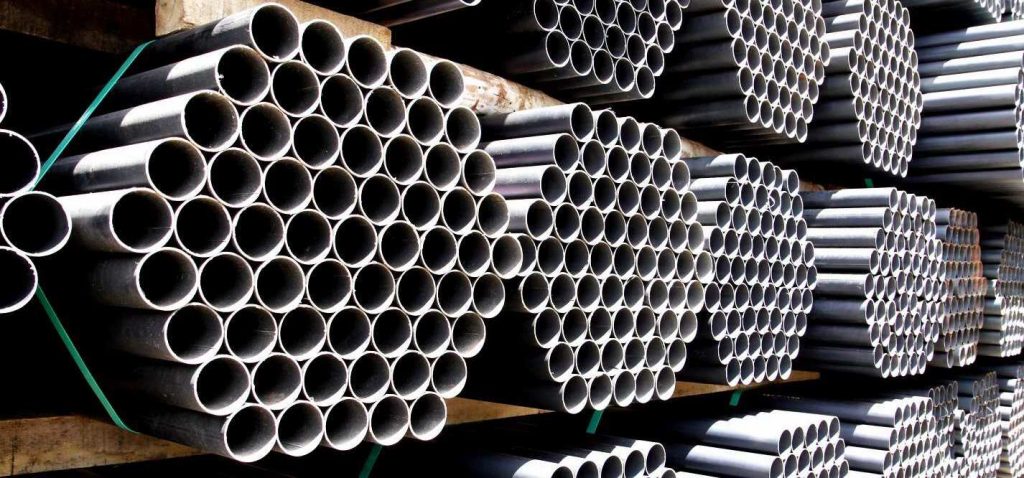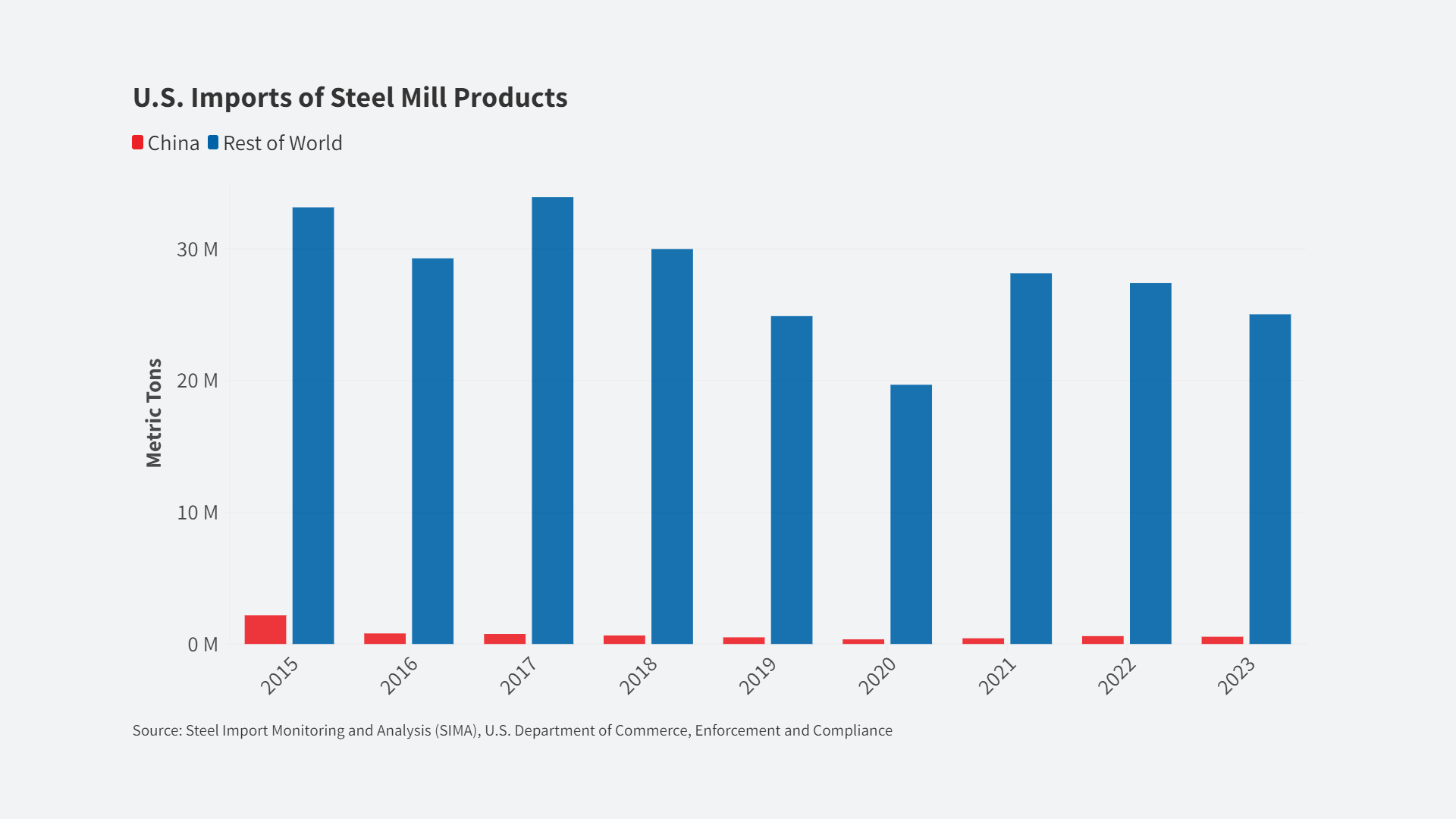Research finds slight decline in GDP, no job loss
Washington. A new study from the Coalition for a Prosperous America (CPA) finds that the effects on the US economy of the recently announced Section 232 steel and aluminum tariffs would be nearly undetectable, with the net job impact approaching zero. Gross domestic product would decline by only eight one-thousandths of one percent.
CPA’s study projects a net gain of 19,000 jobs in steel- and aluminum-producing industries. This significant increase in good-paying manufacturing jobs will almost offset any job losses in downstream industries using steel and aluminum. In the longer term, additional production, revenue, jobs, and investment in the steel and aluminum industries will likely boost the economy.
“Our research shows that the likely, actual effects of these tariffs on the US economy will be minimal in the medium term,” said CPA Research Director Jeff Ferry. “The domestic price increases of steel and aluminum will be far less than the level of the tariffs, and the gains from increased production and utilization in the two industries are likely to be positive in the longer term.”
The steel and aluminum tariffs were announced recently for national security reasons under Section 232 of the Trade Expansion Act of 1962, a move that CPA supports. As Michael Stumo, CEO of CPA, noted, “Steel and aluminum are vital building blocks for any strong, independent country’s industrial strength. The national security benefits of having profitable growth and hiring in these industries is clear. We now see that speculation about costs was overblown. However, the administration should still expand protection to downstream steel and aluminum users. If we are to go beyond national security to eliminating the trade deficit for economic growth, a comprehensive suite of tools to include tariffs, competitiveness policy and exchange rate management should be developed.”
Some past studies have incorrectly suggested that the tariffs could harm economic growth and cost more jobs. The Trade Partnership, for example, has claimed that the Section 232 tariffs could lead to approximately 145,000 lost jobs. While both CPA and the Trade Partnership used Global Trade Analysis Project (GTAP) data in their research, the Trade Partnership’s work wrongly assumes substantial unemployment in the US economy—a point inconsistent with the current 4.1 percent unemployment rate. Ferry says the Trade Partnership study appears to be based on assumptions that hold fixed, certain economic variables, like wages, that force a high and unrealistic job loss figure.
Ferry said, “The fact that 97 percent of the Partnership’s claimed job losses occur in the services industries points to deep and systemic flaws in their modeling assumptions. Because we simply corrected the model to be in line with the reality of full or nearly full employment today, we are very comfortable with our findings that the projected job losses are unlikely to occur.”
In its research on the national security tariffs, CPA discovered that similar tariffs imposed by President Bush in 2002 were preceded by similarly alarmist studies forecasting job losses. Those studies were shown to be incorrect. Instead, steel-using industries subsequently added 228,000 jobs in 2002.
Read more about CPA’s new research on the economic impacts of steel and aluminum tariffs imposed under Section 232.













